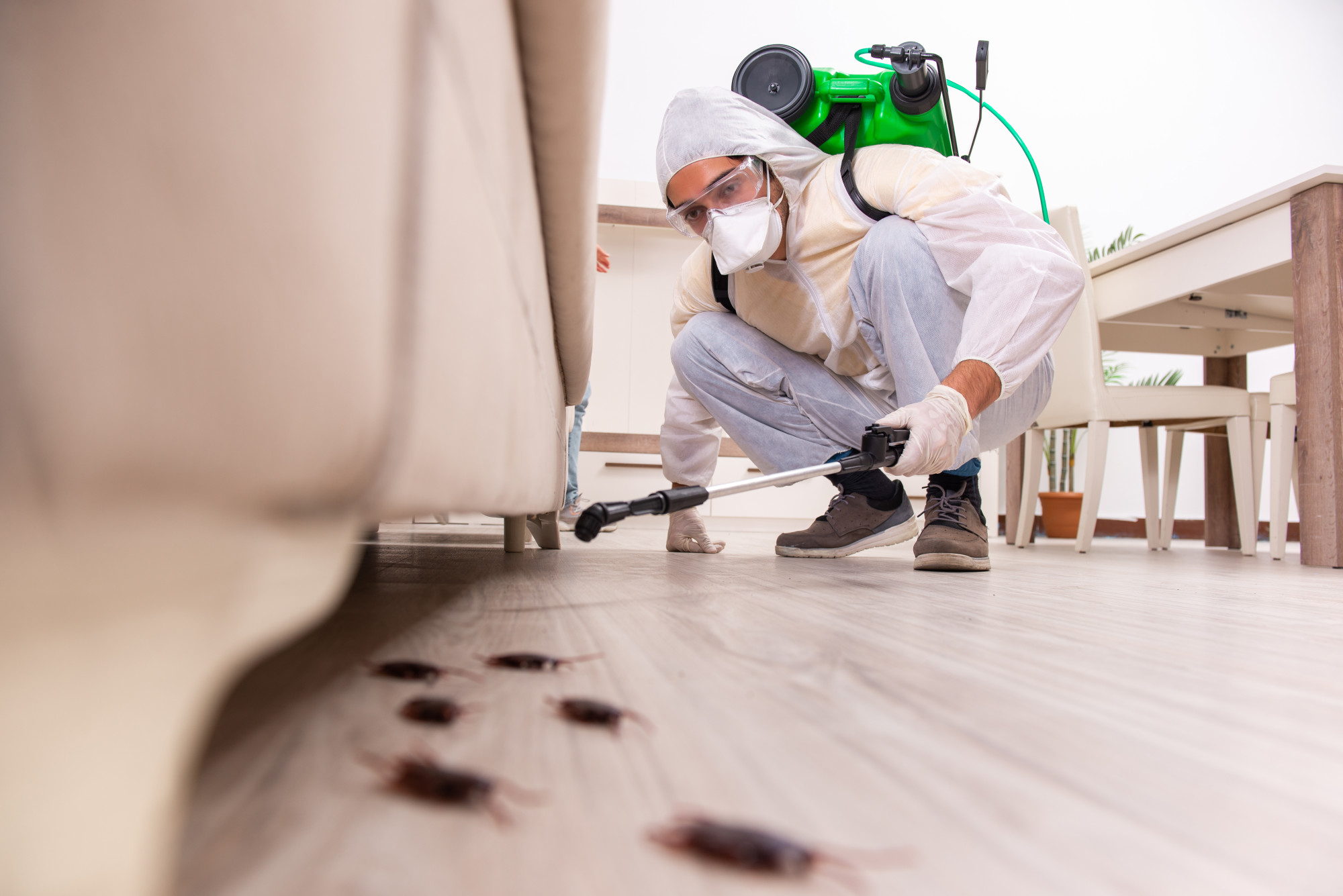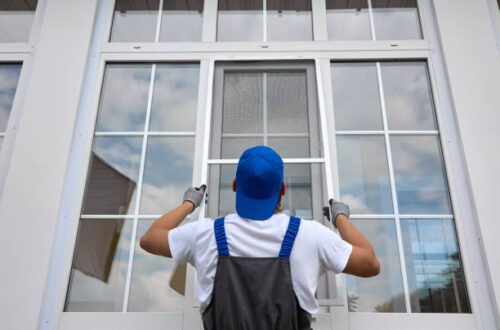Are you new to the high-maintenance plant game? Don’t worry. You’re not alone. Grooming the greenery seems to be one area that the internet doesn’t want to get involved in, which is why many people accidentally overwater or underfeed their new friends.
Fortunately, indoor plant care isn’t as tricky as you think. It all comes down to avoiding these common errors with indoor plant care, especially if you want to grow your collection.
So keep reading to learn more about what not to do with your plants!
1. Underwatering and Overwatering Plants
One of the most important aspects of indoor plant care is understanding how much water to give your plants. Even the best moss walls or your low-maintenance plants can have issues with incorrect watering. Overwatering can lead to root rot, fungus growth, mold, and other issues that can severely damage the plant.
This is the same with underwatering. This can easily be seen with the plant’s dryness and discoloration. Ultimately, always research your plant’s hydration needs to provide them with the right amount of watering.
2. Neglecting a Plant’s Light
Without adequate light, plants struggle to survive, as this is a crucial part of photosynthesis. Avoiding neglecting a plant’s light consists of ensuring your houseplants are illuminated with bright, but indirect light near a sunny window. You should also rotate your houseplants around your home to keep them growing evenly.
You should also observe your indoor plant placement, and if you see signs of yellowing or wilting, then they may need more or less light.
3. Using the Wrong Soil
Indoor plant care can be tricky, as some plants require special soil and nutrients to thrive, and the wrong soil can be detrimental. Common errors with indoor plant care include using soil that does not have enough nutrients. Compacted soils, soils with too much sand, or soils high in clay can all lead to deficiencies in water or nutrients and should be avoided.
Additionally, many houseplants prefer higher soil PH levels, so it’s important to try and match the soil to the plant’s needs. For best results, use a mix of soil with mulch, peat, and fertilizer, and make sure it is light and well-drained.
4. Over/Under Fertilizing
The fertilizer put into the soil of a plant should not be in excess, as this can cause an overabundance of nutrients for the plant and lead to distress. On the other hand, under-fertilizing may lead to the plant not receiving enough nutrients, resulting in a weak, unhealthy plant.
It is best to use a pre-packaged fertilizer specifically designed for the particular plant being grown.
Avoid These Errors With Indoor Plant Care
Indoor plants not only freshen up a room but also provide a relaxing therapeutic atmosphere. Taking proper care of your indoor plants is essential for their survival. Common errors with indoor plant care include overwatering, underwatering, lack of light, and improper soil pH.
With the helpful tips we’ve shared, you can avoid these costly mistakes and enjoy your luscious indoor plants for years to come. Why not start today, and start your own indoor plant journey?
For more tips and tricks, please be sure to take a look at the rest of our blog page now.





